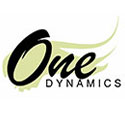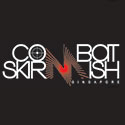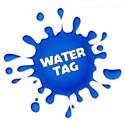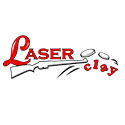Corporate teams facing complex challenges gain agility by engaging in creative problem-solving team games that unite participants around shared goals, sharpen critical thinking, and strengthen collaborative bonds. This article maps out why these games matter, the types that deliver results, how expert facilitation amplifies impact, real-world success stories, and the straightforward steps to kick off your next team-building event with OneDTeamBuilding’s tailored offerings.
Why Are Creative Problem-Solving Team Games Essential for Boosting Collaboration?
Creative problem-solving team games blend interactive challenges with collective analysis to align diverse perspectives, which drives innovation and faster decision making. Defining collaboration as co-creative action, these games operate through structured scenarios that require teams to ideate solutions, allocate resources, and adapt in real time. Organizations embracing this approach report increased trust, improved communication channels, and a stronger readiness to tackle business obstacles together.
How To Basically, The 15 benefits of team building activities (and 5 negatives) (2024)
This source supports the claim that team building activities enhance collaboration and communication, which is a key benefit of creative problem-solving games.
By exploring these foundational benefits, we can then examine specific game formats that elevate teamwork.
What Is Creative Problem Solving in Team Building?
Creative problem solving in team building is a facilitated process that guides participants through ideation, analysis, and execution phases to tackle complex challenges collaboratively. It leverages techniques like brainstorming, lateral thinking puzzles, and prototyping to unlock fresh perspectives and foster a shared sense of ownership. For example, teams working through a design sprint prototype a solution in hours rather than weeks, illustrating rapid innovation in action. Understanding this core concept paves the way for assessing its measurable impact on decision making.
How Do These Games Improve Team Collaboration and Decision Making?
By requiring shared goal-setting and collective troubleshooting, these activities strengthen communication channels and accelerate consensus.
- Enhanced active listening through round-robin idea sharing
- Clearer role definitions via rotating facilitation tasks
- Faster consensus by voting and prioritization exercises
These mechanisms cultivate stronger interpersonal trust and reduce decision-making friction, laying the groundwork for specific business outcomes.
What Business Results Can Teams Expect from Problem-Solving Games?
Teams engaging in structured problem-solving games typically see improved innovation rates, streamlined processes, and elevated morale that translate into measurable efficiency gains.
- Innovation Uptick – Cross-functional ideas increase by up to 30 percent.
- Process Acceleration – Time to decision can shorten by 25 percent.
- Employee Engagement – Satisfaction scores often rise by 20 percent.
Why Creative Problem-Solving Games Are Vital for Team Collaboration?
Creative problem-solving games fall into three main categories—virtual simulations, in-person challenges, and decision-making exercises—each reinforcing teamwork through unique dynamics. Examining these types reveals how they target different collaboration skills before considering facilitation techniques.
How Do Virtual Problem-Solving Games Foster Remote Team Collaboration?
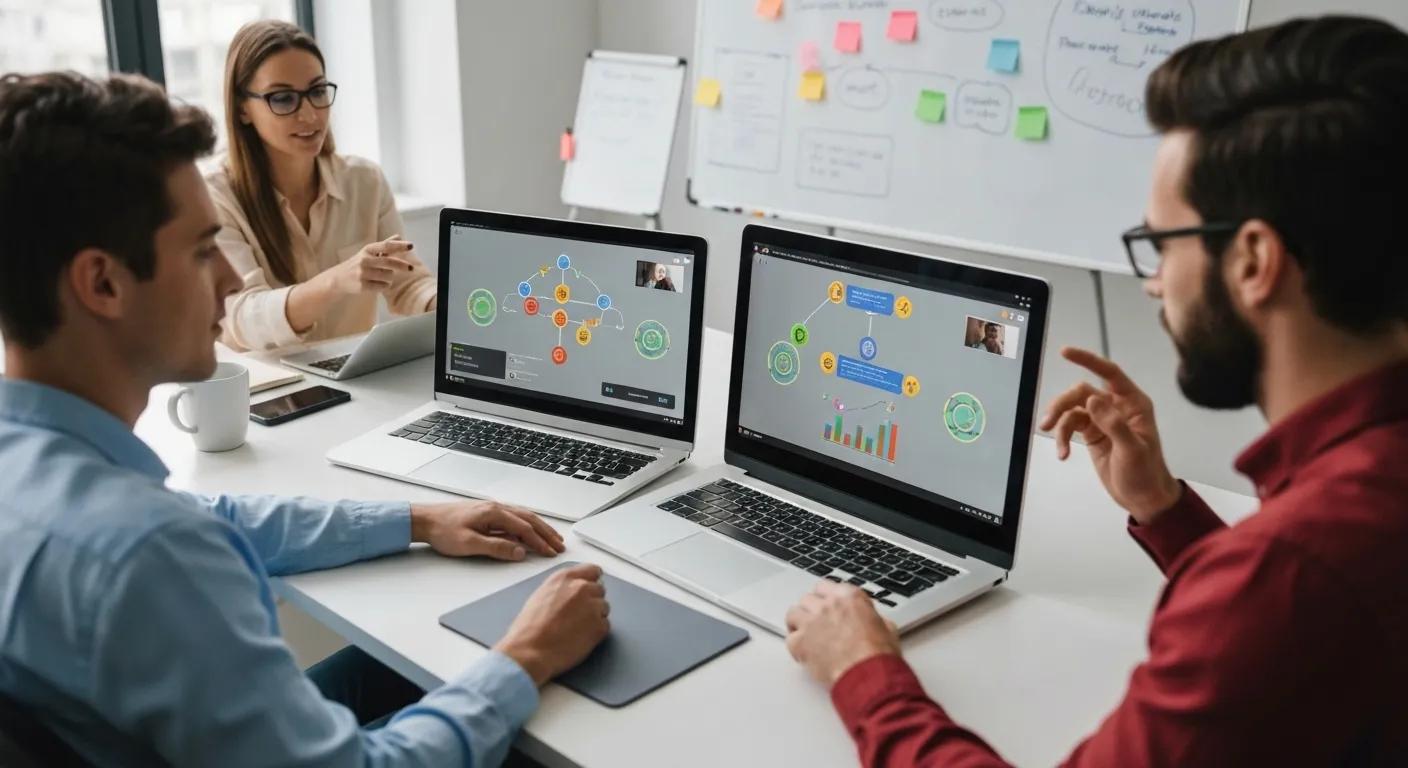
Virtual problem-solving games use online platforms and scenario-based simulations to unite remote participants around shared objectives, which reinforces digital collaboration skills.
- Virtual Escape Rooms that require code-breaking and map analysis in breakout groups
- Online Strategy Simulations where teams allocate resources under time constraints
- Digital Puzzle Quests combining multimedia clues with real-time chat collaboration
Atlassian, 18 high-impact virtual team building activities and games (2021)
This source supports the idea that virtual team building activities can help remote teams connect and improve productivity, which is a key aspect of virtual problem-solving games.
These remote formats bridge geographic gaps and establish best practices for distributed teamwork before moving into hands-on, in-person methods.
What Are Effective In-Person Collaborative Problem-Solving Games?
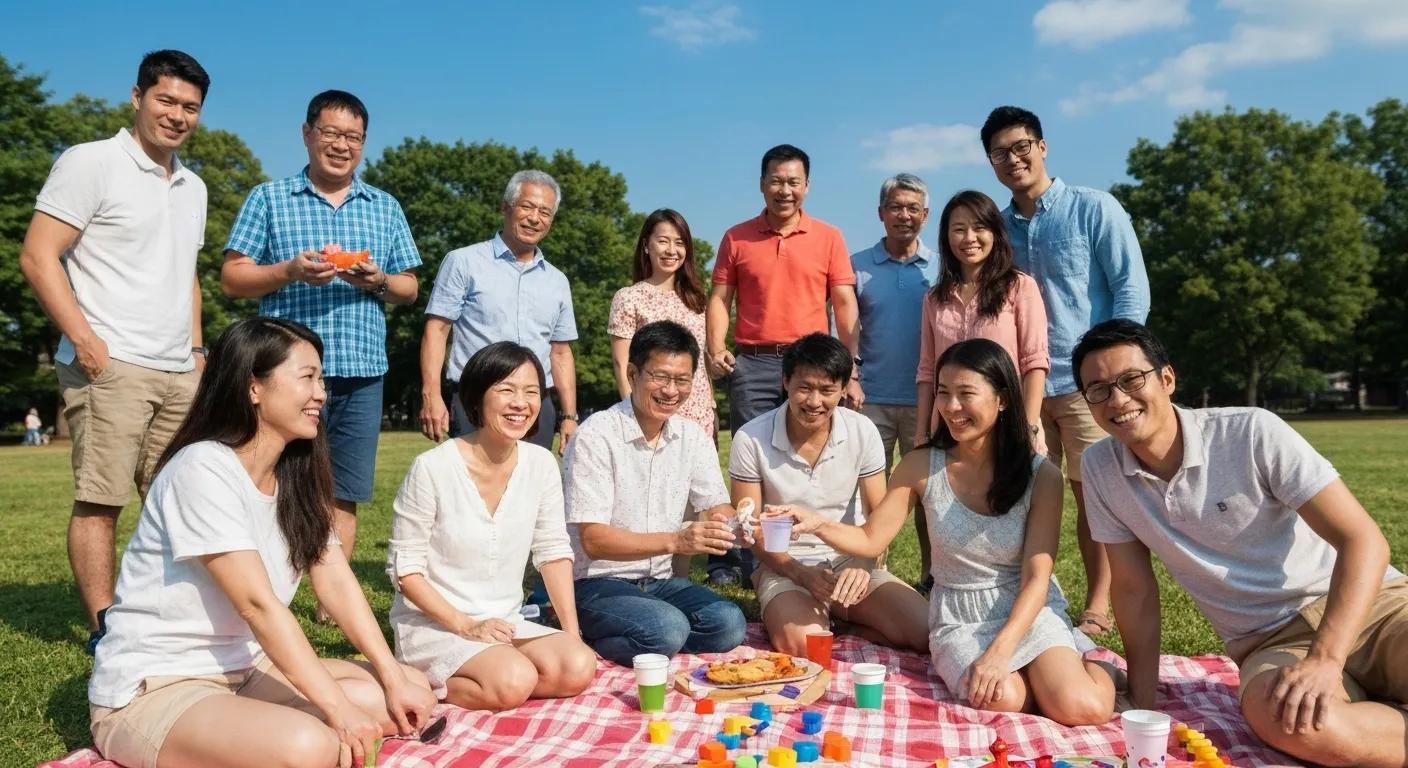
In-person collaborative problem-solving games combine physical challenges and hands-on puzzles to promote real-time teamwork and kinesthetic learning.
- Tower Build exercises that encourage risk assessment and structural creativity
- Scavenger Hunts requiring map navigation and clue decryption in small squads
- Collaborative Maze games where pairs guide each other blindfolded through a course
This tactile engagement strengthens nonverbal communication and trust, which naturally leads into strategic decision-making activities that formalize consensus building.
Which Decision-Making and Strategic Thinking Activities Boost Team Consensus?
Strategic thinking exercises encourage teams to analyze risk, allocate resources, and craft consensus through role-play and planning scenarios, delivering clear outcomes.
| Activity | Focus | Outcome |
|---|---|---|
| Risk Assessment Challenge | Identifying vulnerabilities | Prioritized mitigation strategies |
| Business Simulation Workshop | Resource allocation | Aligned financial and operational plan |
| Consensus Mapping Exercise | Stakeholder alignment | Unified project roadmap |
How Does Expert Facilitation Maximize the Impact of Problem-Solving Team Games?
Expert facilitation ensures each activity aligns with organizational goals by customizing challenges, guiding reflection, and reinforcing learned skills, which amplifies engagement and retention. Effective facilitation transitions a game from mere entertainment into a targeted learning experience that scales across your company.
EHL Insights, Why are facilitation skills so important when working with others? (2023)
This source supports the idea that facilitation skills are important for effective teamwork and can help guide decision-making and make meetings more productive, which is a key aspect of expert facilitation.
What Role Do Facilitators Play in Enhancing Engagement and Learning?
Facilitators use real-time observation, adaptive coaching, and tailored feedback to deepen participant insight and maintain momentum.
- Custom scenario design that mirrors client-specific goals
- Live debrief sessions to surface lessons and best practices
- Behavior modeling to demonstrate effective collaboration techniques
These interventions boost both immediate engagement and long-term learning transfer, which leads directly into how success is quantified.
How Is Success Measured in Creative Problem-Solving Team Events?
Success in creative problem-solving events is measured through quantifiable metrics such as time-to-solution, participant satisfaction scores, and observable shifts in team dynamics.
| Metric | Attribute | Target |
|---|---|---|
| Time-to-Solution | Speed of consensus | Under 45 minutes |
| Satisfaction Rating | Participant feedback | 4.5 out of 5 stars |
| Collaboration Index | Behavioral observation | 20 percent improvement |
What Are Real-World Examples of Teams Boosting Collaboration Through Problem-Solving Games?
Case studies demonstrate how tailored problem-solving games translate into performance gains by addressing specific business challenges and embedding lasting teamwork habits.
How Did Company X Increase Innovation with Our Design Thinking Challenge?
A technology firm improved its product ideation rate by 30 percent after participating in a design thinking challenge that guided cross-functional teams through empathy mapping and rapid prototyping. This initiative not only fostered breakthrough solutions but also established a repeatable innovation framework.
What Measurable Results Have Teams Achieved Using Our Virtual Escape Rooms?
Clients reported a 25 percent reduction in decision-making time and a 20 percent boost in remote engagement after completing our virtual escape room sessions. These outcomes reinforce the value of immersive digital experiences for fostering collaboration across distances.
How Can Your Team Get Started with Creative Problem-Solving Team Games?
Getting started involves selecting the right game format, customizing scenarios to match your objectives, and booking through expert coordinators for seamless execution. OneDTeamBuilding’s streamlined process ensures your team experiences maximum impact from the first activity.
What Customization Options Are Available for Different Team Needs?
Customization options include industry-specific scenarios, language preferences, team size adaptations, and challenge difficulty scaling to suit diverse objectives. By tailoring each element, facilitators keep content relevant and engaging for every participant profile.
How Do You Book a Facilitated Team Building Event?
Booking a facilitated event requires outlining your team goals, choosing preferred formats, and confirming logistics through a simple inquiry form or direct consultation with our coordinators. For practical planning, you can also review current rental rates for essential equipment and venue services to optimize your budget.
Three decades of hands-on experience have shown that creative problem-solving games transform group dynamics, elevate decision quality, and spark lasting innovation. Whether your team is co-located or remote, these targeted challenges deliver measurable collaboration gains. Explore our full suite of virtual and in-person programs to discover the perfect fit for your objectives. Start today by contacting ZOVBSG to design a custom problem-solving experience that boosts your team’s performance and cohesion.



